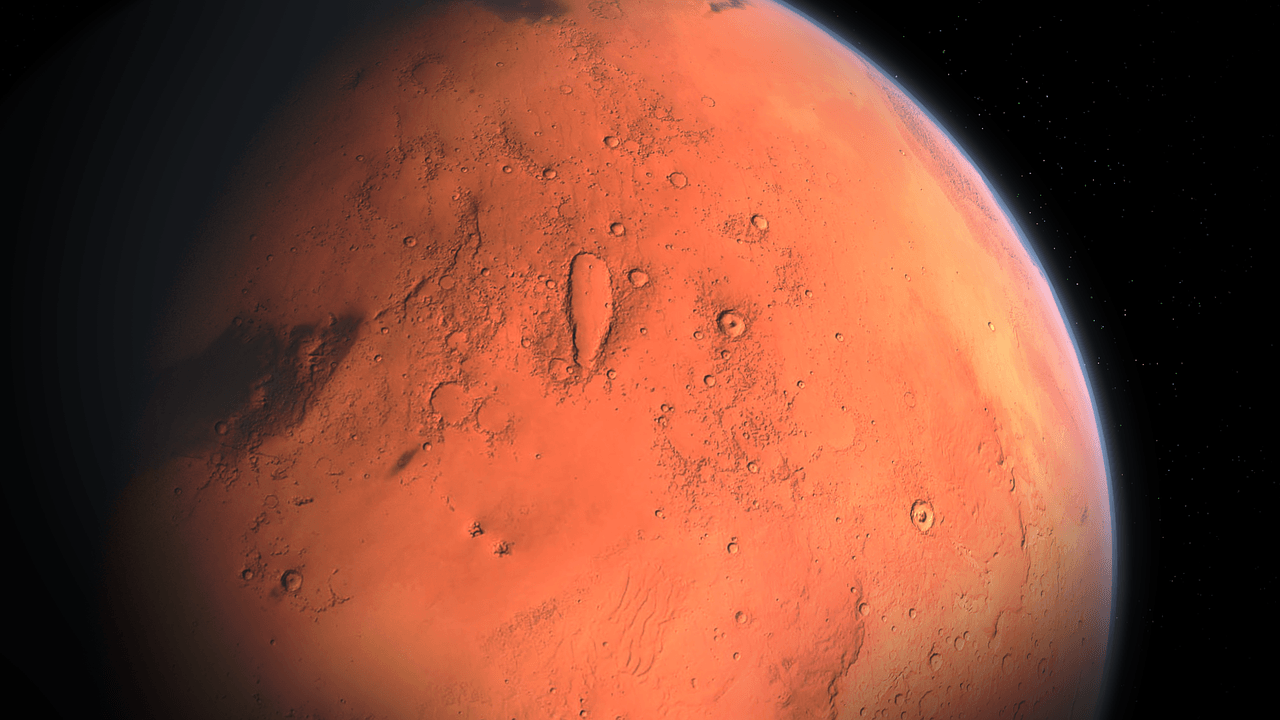Despite not having liquid water, an atmosphere or life conditions similar to Earth, Mars does have clouds. However, scientists weren’t able to explain how those clouds came to exist. Now, researchers at CU Boulder suggest that meteor crashes on Mars helps form clouds.
A group of researchers at CU Boulder observed how clouds on Mars’ middle atmosphere form. The middle atmosphere on the Red Planet starts at about 18 miles above the surface. A study published in the journal Nature Geoscience sheds light on how those clouds form. The researchers believe that they exist because of a phenomenon called “meteoric smoke.”
“We’re used to thinking of Earth, Mars and other bodies as these really self-contained planets that determine their own climates,” Victoria Hartwick, a graduate student in the Department of Atmospheric and Ocean Sciences (ATOC) and lead author of the new study said in a statement. “But climate isn’t independent of the surrounding solar system.”
“Clouds don’t just form on their own,” said Hartwick, also of the Laboratory for Atmospheric and Space Physics at CU Boulder. “They need something that they can condense onto.”
For example Earth’s clouds in the lower atmosphere are a result of small sea salt or dust grains that get blown high into the air, causing water molecules to become attached to those particles, growing in size until they become clouds.
According to Hartwick, two to three tons of space debris fall onto Mars every day on average. They rip apart in the atmosphere, causing a lot of dust to rise into the air.
“Our model couldn’t form clouds at these altitudes before,” Hartwick said. “But now, they’re all there, and they seem to be in all the right places.”
“But just because they’re thin and you can’t really see them doesn’t mean they can’t have an effect on the dynamics of the climate,” Hartwick said.
Based on the simulations of the Martian atmosphere, researchers found that the clouds from the middle atmosphere greatly affected the climate on Mars. Depending on the location, the clouds would cause temperatures at higher altitudes to rise or fall as much as 18 degrees Fahrenheit.
The climate impact of clouds formed by meteor crashes on Mars is particularly exciting to Brian Toon, a professor at ATOC. According to him, the findings regarding the Martian clouds may also be helpful to learn more about the planet’s evolution, as well as how it was once capable of containing liquid water on its surface. Perhaps the clouds caused by meteor crashes on Mars may provide more insight.
“More and more climate models are finding that the ancient climate of Mars, when rivers were flowing across its surface and life might have originated, was warmed by high altitude clouds,” Toon said. “It is likely that this discovery will become a major part of that idea for warming Mars.”





